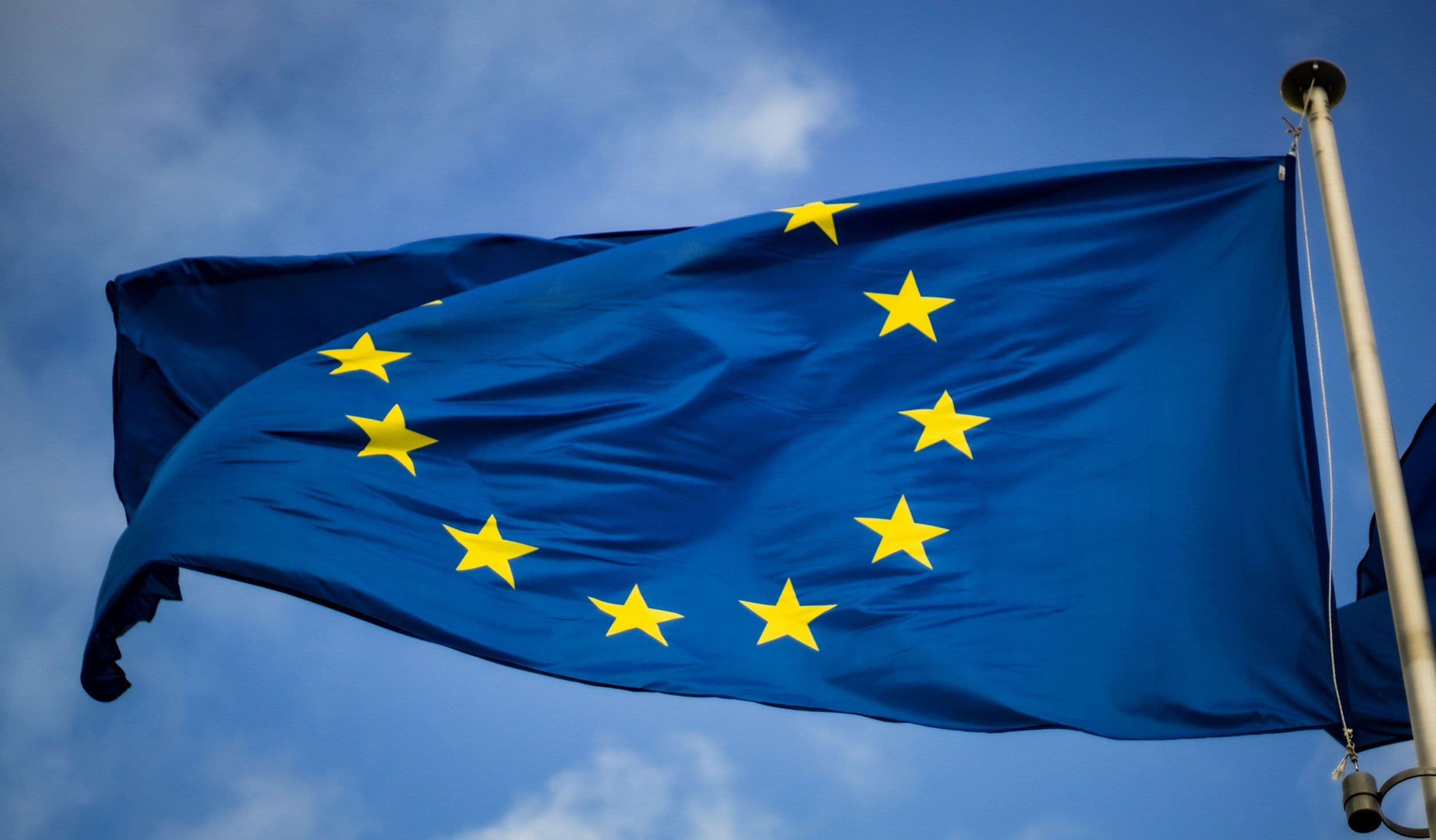A decade‑long promise becomes reality with a small, geofenced fleet and a $4.20 flat fare, drawing both excitement and skepticism about Tesla’s vision‑only approach to autonomy.
On June 22, 2025, Tesla finally flipped the switch on its first paid robotaxi program in Austin, Texas—a pilot fleet of roughly a dozen Model Ys operating inside tight downtown geofences. CEO Elon Musk framed the debut as the “culmination of a decade of work,” yet the company is proceeding cautiously: service hours run 6 a.m.–midnight, airport pick‑ups are off‑limits, and rides are available only to a roster of invited early users who hail cars in a new Tesla Robotaxi app.
How the Service Works
Each vehicle relies on Tesla’s camera‑only Full Self‑Driving (FSD) software while a human safety monitor rides shotgun, ready to take over if needed. Fares are a meme‑friendly flat $4.20, intentionally undercutting local ride‑hail options. Riders verify identity in‑app, set cabin temperature and music, and can summon human assistance with a ceiling‑mounted help button. If the pilot meets safety and uptime targets, Tesla says it will scale to 1,000 cars before year‑end.
Early Cheers—and Jeers
Influencers and Tesla employees invited for opening‑week rides praised the quiet cabin experience—Tesla investor Sawyer Merritt wrote on X that his rides were “boring—in the best possible way, completely seamless,”—but critics note that a hand‑picked user base is hardly conclusive proof of real‑world robustness. Safety advocates and several Texas lawmakers counter that Tesla’s vision‑only approach still feels like a science experiment conducted on public roads, pointing to the absence of LiDAR or radar redundancy used by rivals.
Where Tesla Fits in the AV Race
The launch drops Tesla into a city where Waymo already runs fully driverless taxis with no onboard staff and a broader operating area. Waymo employs high‑cost LiDAR, radar, and camera sensor suites and has logged millions of commercial miles in Phoenix, San Francisco, Los Angeles, and now Austin. Tesla’s bet is that its vertically integrated AI stack—and the fleet‑learning data harvested from millions of consumer vehicles—will let it scale faster once proof of concept is established, even if its public rollout lagged Alphabet’s AV arm by years.
What Comes Next
Texas recently enacted statewide AV legislation, effective this September, granting companies considerable leeway to test and deploy driverless vehicles—fertile ground for Tesla to expand well beyond downtown. But removing the safety driver, widening the service area, and winning public trust remain unfinished milestones. For now, the Robotaxi debut is equal parts milestone and modest beta test: fresh ammunition for both Tesla bulls who foresee rapid network effects and skeptics who see a flashy demo masking years of engineering work still ahead.



